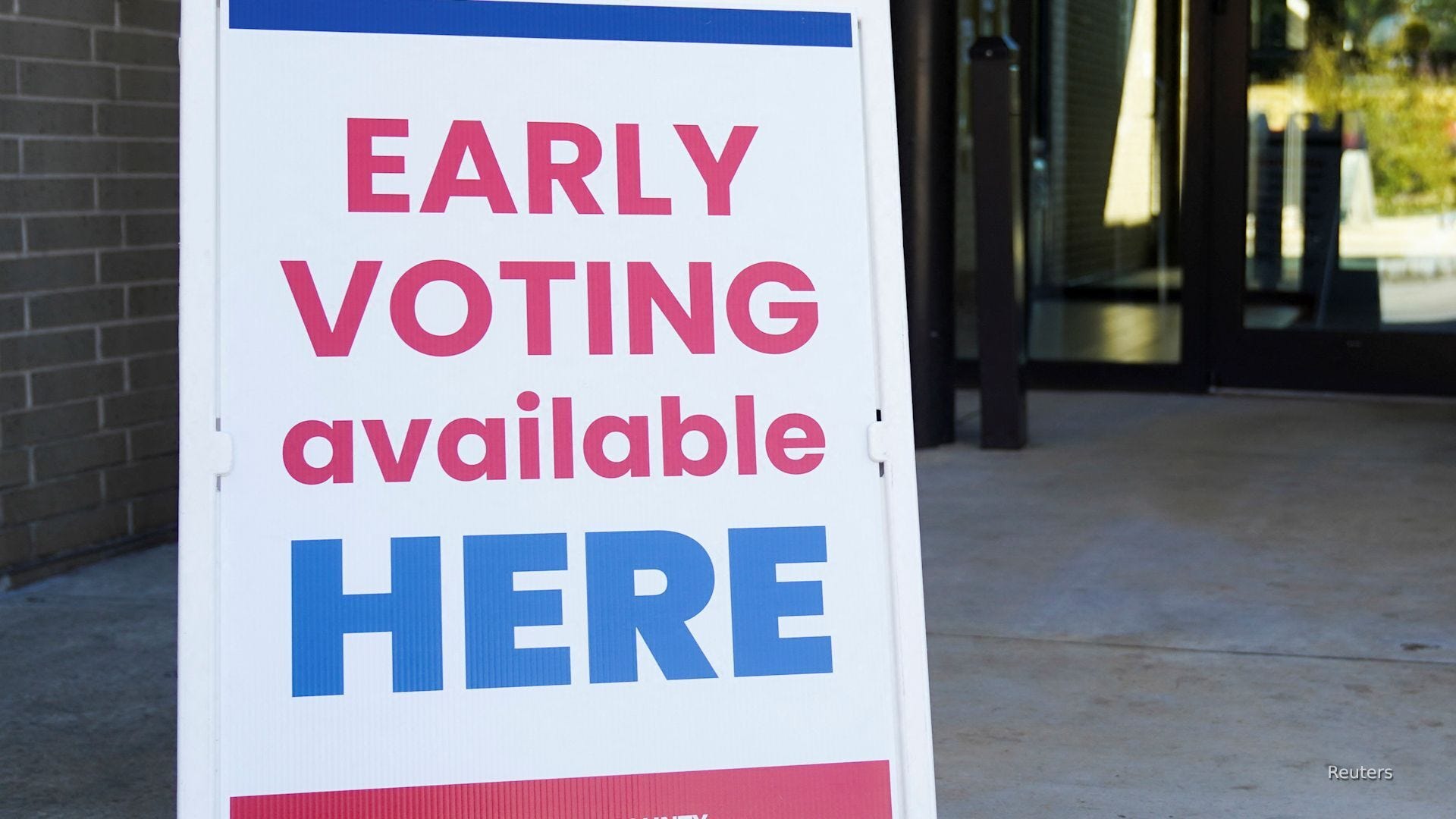Why do Maine and Nebraska split their electoral votes?

In the United States, a candidate becomes president not by winning a majority of the national popular vote but through a system called the Electoral College, which allots electoral votes to the 50 states and the District of Columbia largely based on their population.Nationally, there are a total of 538 electoral votes, or electors, meaning that to win the Nov. 5 general election, Vice President Kamala Harris or Republican challenger former President Donald Trump must secure 270 votes to win.
All but two states use a winner-take-all approach: Maine and Nebraska.
Rather than allotting all the state's electoral points to the winner of the statewide popular vote, some of their electoral votes are split up between Maine’s two and Nebraska’s three congressional districts.
Why have we been hearing so much about the “Blue Dot?”
Nebraska’s “Blue Dot,” the swing district around Omaha, the state’s largest city, saw a lot of attention recently when the Republican-controlled legislature attempted to change the law to make Nebraska a winner-take-all state.
That effort was thwarted by a single defector, Republican Nebraska Sen. Mike McDonnell. "I will not change my long-held position and will oppose any attempted changes to our electoral college system before the 2024 election," he said.
Had the measure succeeded, all five of Nebraska’s electoral votes would have almost certainly gone to the popular vote winner of the largely red state, presumably Trump.
Has splitting electoral votes ever decided an election?
According to 270 to Win, Maine adopted the system in 1972 and Nebraska in 1992.
Nebraska’s swing district, a more moderate island in the conservative state, went blue for the first time in 2008, voting for former President Barack Obama, making for the first Democratic electoral vote to come from the state since 1964. It then went blue again for President Joe Biden in 2020.
Maine had its first electoral vote split in 2016 when one of its districts went red for the first time since 1988.
It’s unlikely that one or even two electoral votes will make or break a presidential run, but in a tight race, every point counts and can potentially be a tie-breaker in the Electoral College.
Maya Marchel-Hoff and Reuters contributed to the reporting of this story.